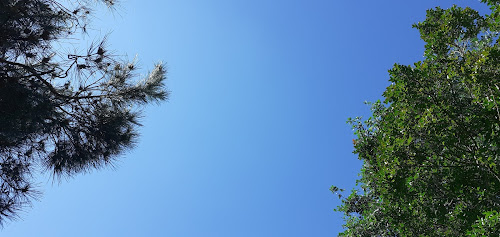Meditation : Japa (Part 2)
Still about japa and its usage...
Japa is probably the most widespread and universal meditative system. It is an integral part of yoga and tantra as well as Hinduism in general. Many traditional scriptures describe the practices and merits of japa, especially tantric texts. Many of the ancient yogis are pictured practising japa. According to tradition, Brahama, the creator of the universe, caused everything to be created by continual japa of the mantra Aum. Such is the importance of japa in the spiritual life.
Japa is not confined to India. The Buddhist path of Mahayana widely uses japa with a mala of 108 beads plus 3 extra beads, which represent the refuge in the Dharma, Buddha and Sangha respectively. The more orthodox systems of Christianity also widely use japa. Anyone who has been to a Roman Catholic monastery, nunnery or school will have seen the monks or nuns rotating their rosaries. Anyone who has been to Greece or other Balkan countries, where the Greek Orthodox Church is prevalent, will know that nearly all men carry a rosary with them. Whatever they do, whether walking, talking, sitting or working they continually rotate their beads wherever it is possible. Whether most of these people realize the reason for the rosary is uncertain, but nevertheless the tradition continues. It seems more than a possibility that this system was introduced so that each individual could practice japa throughout the whole day.
And you, are you familiar with it ?
Cheers,
Padmapada
🙏
Source: Bihar School of Yoga



Commentaires
Enregistrer un commentaire